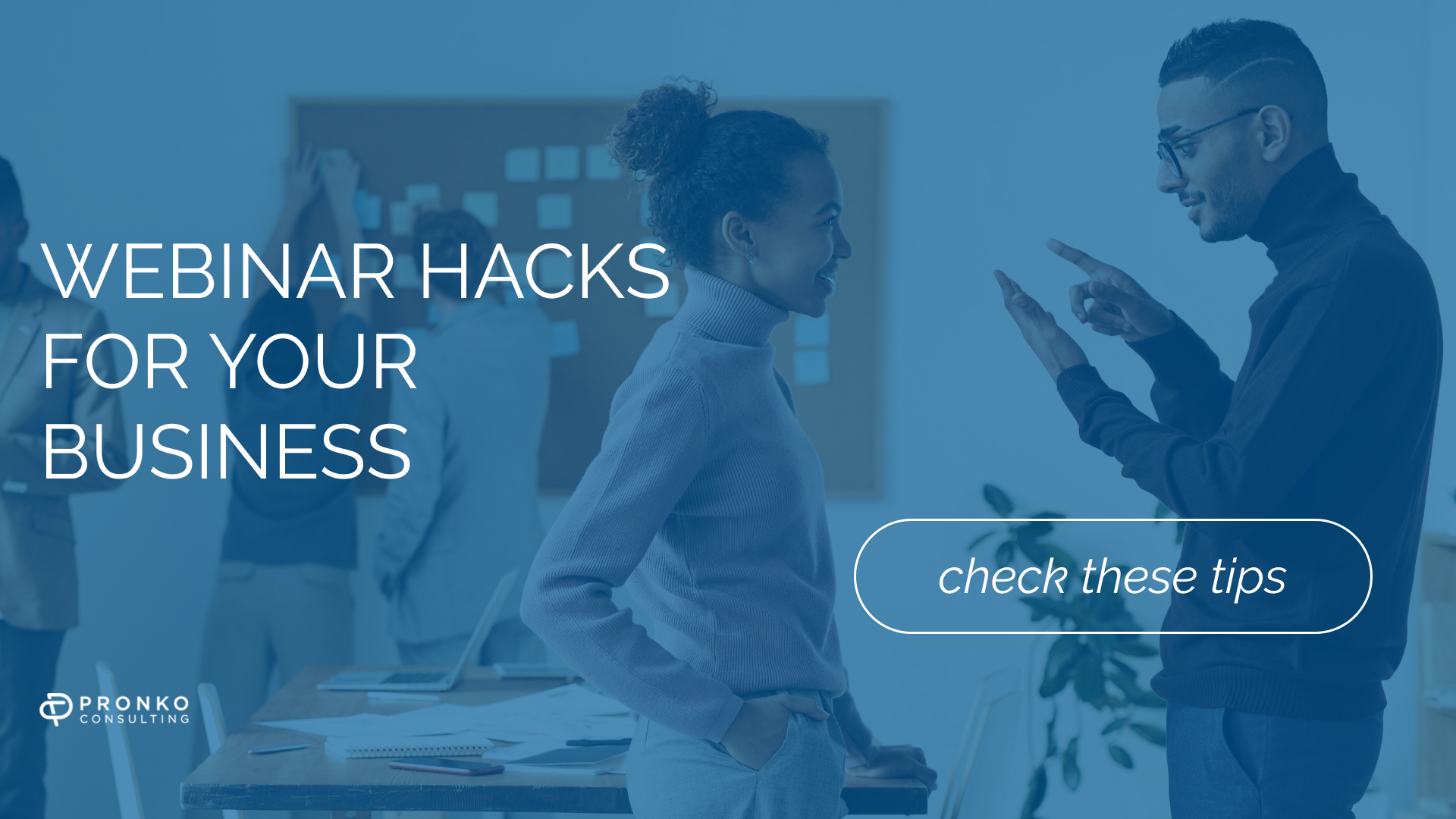How and where to host a webinar


A webinar is an online broadcast to conduct training, master classes, pieces of exercise, and other events. And it is also a universal platform for selling your product or service. The main goal of the webinar is to help your audience learn more about the product and get answers to all their questions.
Most often, webinars are used by online schools, universities, private trainers, and coaches. Topics can be completely different: from personal development, psychology, and weight loss to master classes in drawing and photography.
This article will teach you how to run successful webinars, attract new listeners, and expand your customer base.
How to start preparing for a webinar
1. Determine the purpose of the webinar
When preparing a webinar, it is essential to immediately decide why you are hosting it: to present a new course, to sell your services, to increase your subscriber base, etc.
Your main goal is to collect contacts of potential buyers and, in the future, sell them your goods or services. The effect of recognition and recognition of you as an expert works here. Even if visitors wait to buy from you, they will remember that you can be contacted for this product after.
2. Choose a hot topic
See what your subscribers or people in thematic groups on social networks discuss. Moreover, the larger the topic, the more people you will attract. For example, the case "How to create a personal brand without spending" is likely to go better than "How a psychologist can make money with a personal brand."
It is also essential that the topic meets the needs of your audience and that you are interested in talking about it.
3. Think over, or better, write down the broadcast scenario
Prepare all the necessary content - make a presentation, select pictures, infographics, and other files to help better illuminate the material.
Write down the main theses that you will talk about. You may have some story of your own that will inspire the audience. Also, highlight the moments where you will communicate with the audience. For example, you can ask a question that will engage viewers in a topic, or it could be questions from attendees at the end of a webinar.
Sample webinar schedule:
- Welcome and introduction to the participants;
- Topic and plan of the speech;
- About myself (briefly);
- Your content and personal history;
- Presentation of your product;
- Price;
- Additional bonuses;
- Answers to questions.
Customize this structure for yourself. Some items should be swapped, and some wholly removed or added.
How to get more people to your webinar
To collect the required number of participants for a webinar, it is necessary to convey information about it to all potential listeners. The most effective promotion channels are posts on social networks, contextual, targeted advertising, email and SMS mailing lists, and advertising from bloggers. Personal invitations are also a way to expand the audience of a future webinar.
In your ad, please include the following:
The topic of the webinar and what you will be broadcasting about.
Who is this event for?
Who will host the webinar: a short note about the speaker.
The date and time of the webinar.
Participation conditions: how to register and get access to the webinar.
We recommend announcing the webinar two weeks before the planned date. If you do it earlier, people will forget about it. Participants should be reminded of the event before the event starts. It can be done via email newsletters, social networks, or instant messengers. Remind several times: the day before the webinar, an hour, and right before the start.
How to collect contacts of potential participants
The purpose of this funnel is to collect contacts and bring as many people as possible to your webinar. A registration page and a thank you page will help ensure maximum attendance.
Your task is to send customers reminders on the webinar's day. You can do this by sending automatic SMS or emails. For this, you also do not need any third-party services.
After each broadcast, spend at least 30 minutes analyzing how everything went. Note what went well and what needs to be improved. Did the audience watch to the end, or at what point did they start to leave the air? Were their technical problems, and how can they be avoided next time?
Keep in mind that hosting an excellent webinar will take time. Maybe not even the first, third, or even tenth time. Therefore, practice more, and prepare more carefully because there is no magic pill in this matter, as in any other.
